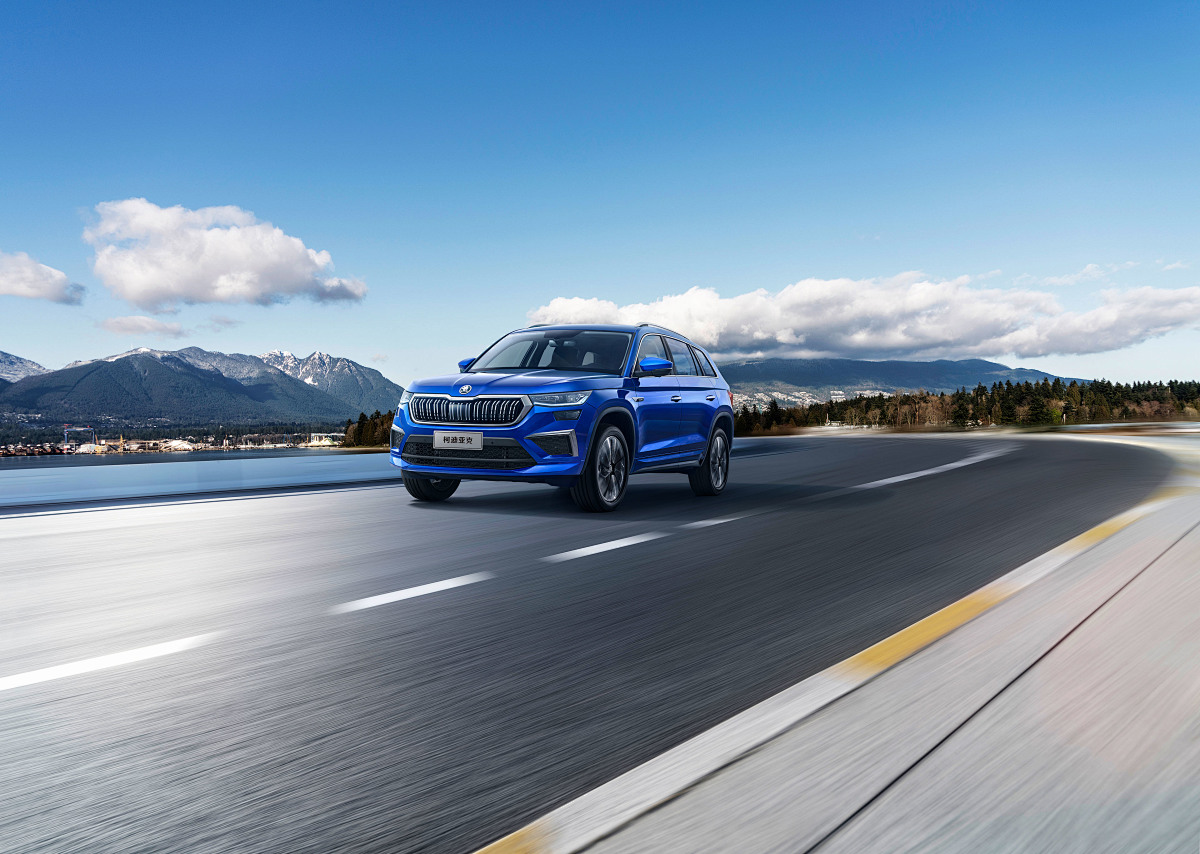1. Autonomous Driving vs. Human Driving: Accident Rate Comparison
According to research data from the U.S. National Highway Traffic Safety Administration (NHTSA) and multiple autonomous vehicle companies:
The average accident rate for human drivers is approximately 4.2 incidents per million miles, while Level 4 autonomous systems (e.g., Waymo, Cruise) report rates as low as 0.2–0.5 incidents per million miles, representing an 80%–95% reduction compared to human drivers.
Tesla’s Autopilot (Level 2 driver assistance) data shows a 40% lower accident rate than human driving, though some incidents are linked to human error due to the system’s reliance on driver supervision.
However, since autonomous driving tests are often conducted in controlled environments, while human driving data encompasses all complex scenarios, direct comparisons require caution.
2. Challenges in Extreme Weather: Reliability in Heavy Rain and Snow
Current autonomous driving systems still face significant limitations in extreme weather:
Sensor Performance Degradation
LiDAR: Heavy rain or snow increases noise in point cloud data, reducing detection range by 30%–50%.
Cameras: Water droplets on windshields or glare can impair vision-based algorithms.
Radar: Less affected by precipitation but lacks sufficient resolution to detect small obstacles.
Solutions
Multi-sensor Fusion: Redundant integration of radar, cameras, and LiDAR improves fault tolerance.
Weather-Specific Algorithms: Machine learning models trained on heavy rain/snow scenarios (e.g., Waymo’s "snowflake filtering" technology).
Dynamic HD Map Updates: Real-time localization compensates for momentary perception gaps.
3. Handling Sudden Obstacles: Pedestrians and Animals
Autonomous systems address unexpected hazards through:
Real-Time Perception and Prediction
Deep learning-based object detection (e.g., YOLO, Transformer models) identifies pedestrians or animals in 100 milliseconds—15 times faster than human reaction time (~1.5 seconds).
Behavioral prediction algorithms (e.g., Social-GAN) simulate pedestrian trajectories to plan evasive paths.
Emergency Braking and Avoidance
Automatic Emergency Braking (AEB) triggers full braking or minor steering adjustments (e.g., Mobileye’s RSS safety model).
Some systems (e.g., Zoox) adopt "defensive driving" strategies, preemptively slowing down in blind spots.
Limitations
Detection accuracy for sudden animal crossings (e.g., deer, dogs) remains below 95%, especially at night or on curves.
Ethical algorithms are underdeveloped, such as prioritizing passenger safety versus minimizing external harm in unavoidable collisions.
4. Future Directions
V2X (Vehicle-to-Everything): Enables early hazard detection via communication with infrastructure.
Quantum Radar & 4D Imaging Radar: Enhances detection precision in harsh weather.
Advanced Simulation Testing: Virtual training across millions of extreme miles (e.g., NVIDIA DRIVE Sim) to cover edge cases.
Conclusion
Autonomous driving has demonstrated significantly higher safety and reliability than human drivers on average, but technical challenges persist in extreme conditions and unforeseen scenarios. With regulatory improvements and technological advancements, the vision of zero-accident fully autonomous driving may become achievable within the next decade. For now, a gradual transition combining human oversight and automation remains essential.
(Note: Data reflects findings as of 2023, citing public reports from Waymo, Tesla, and SAE International standards.)





